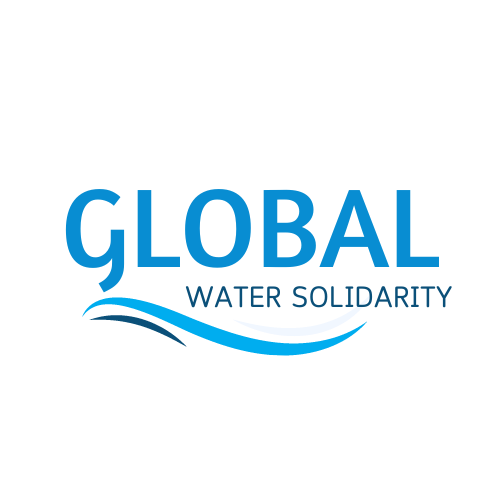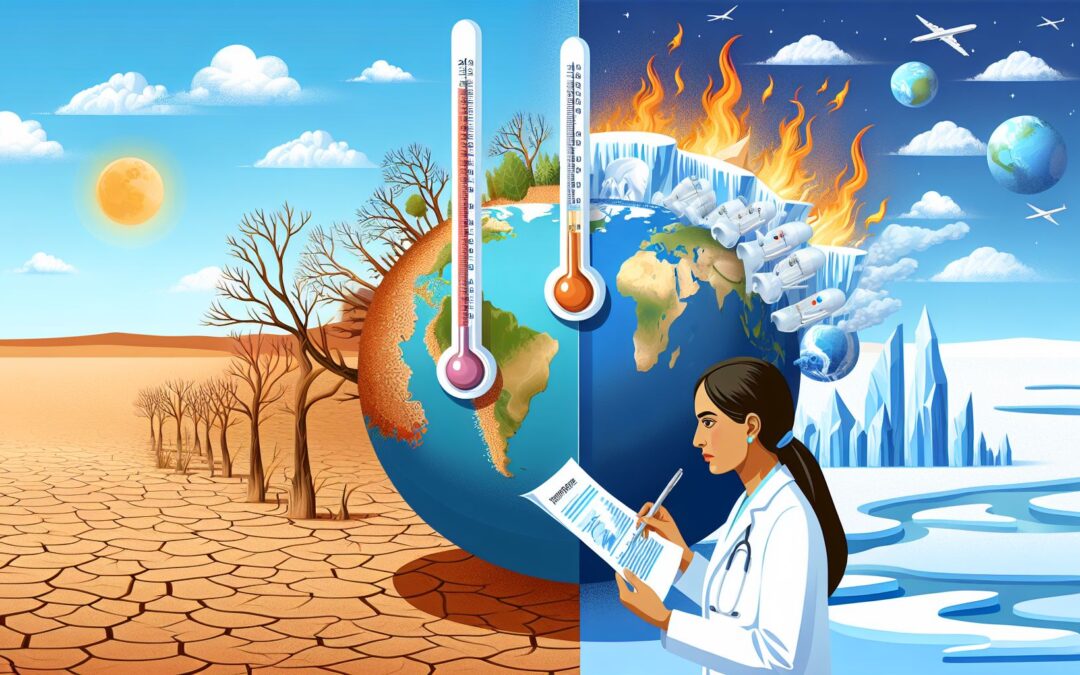In existence for over 4.5 billion years, the Earth’s water cycle has been consistent — water evaporates, forms clouds, and falls back to earth as rain or snow. However, this key cycle of life has been severely disrupted due to climate change, affecting the availability and quality of water. More than ever, climate change-induced water stress is exerting pressure on different aspects of human life and biodiversity.
Understanding the Water-Stress Dimension
Water stress refers to the competition between various types of demands for water resources. It is the occurrence of destructive events caused by a lack of water, such as drought, or an oversupply of water, such as flooding. Water stress damagingly impacts personal well-being, societal welfare, and the integrity of ecosystems. New research increasingly demonstrates that climate change is worsening these scenarios[^1^].
Long-established rainfall patterns are becoming unpredictable, more regions are experiencing drought, and the rising temperatures are causing the evaporation of water bodies faster than their replenishment. At the heart of the matter is the anthropogenic rise in greenhouse gases — carbon dioxide, methane, and nitrous oxide — that trap heat in the atmosphere, resulting in global warming.
Impact on Agriculture and Food Security
Climate-induced water stress is already shaping our flora and fauna in alarming ways. One direct effect shows up through changes in agricultural patterns. The water needed for crops either disappears, or falls at the wrong time, failing to provide the necessary nutrients to the soil.
Farmers constitute a significant portion of the global population living in water-stressed regions, which negatively affects food production and, subsequently, food security. As an example of this impact, the California drought of 2012-2017 caused a significant decrease in crop yields, particularly affecting the almond industry, for which the state accounts for 80% of the global supply[^2^].
These challenges do not just affect the agricultural industry – they have a trickling effect on the global economy and the livelihoods of those dependent on farming.
Intensified Water Scarcity
Regions already battling water scarcity are now on the brink of severe water stress. As per a UNESCO report, by 2025, 1.8 billion people will be living in regions with absolute water scarcity, and two-thirds of the world population could be under water stress conditions.
Rising salinity in groundwater due to sea-level rise (a consequence of climate change) is another pressing issue. In Bangladesh, the intrusion of saltwater has forced people to over-exploit shallow groundwater, leading to arsenic contamination.
Threat to Ecological Balance
The world’s freshwater systems are under threat as well. Aquatic species are facing extinction, and changes in migratory patterns can already be seen due to the increased water temperatures.
Additionally, increased water stress could also lead to the rise of water conflicts globally. Transboundary rivers, such as the Nile, Jordan, or Danube, become hotspots as different nations struggle for hegemony over these crucial water resources.
Adapting to Change and Governing Water Sustainably
Our collective response to the climate change-induced water stress should be to govern and manage water resources sustainably. Technological advancements, like the development of drought-resistant crops or infrastructure projects that aim for efficient irrigation and drainage systems, can help communities adapt to these changes.
Water governance, that is inclusive and participative, is another essential avenue. Countries must acknowledge water as a shared resource and work towards transboundary cooperation. Building resilience against water crises needs investments in infrastructure and robust planning to adopt a more comprehensive approach that takes social, economic, and environmental goals into account.
Conclusion: The Urgency of the Situation
Recognizing the impact of climate change on global water stress is not just crucial for water security but paramount for human security. This moment of crisis is also one of opportunity. It provides a chance to redirect our course, from prioritizing consumption to sustainable living.
As the world galvanizes to meet the 2030 Sustainable Development Goals set by the United Nations, one thing becomes exorbitantly clear — Clean, accessible water for all is an essential part of the world we want to live in.
[^1^]: Enhanced groundwater recharge rates and altered recharge sensitivity to climate variability through subsurface heterogeneity
[^2^]: Economic Analysis of the 2016 Drought for Agriculture in California

